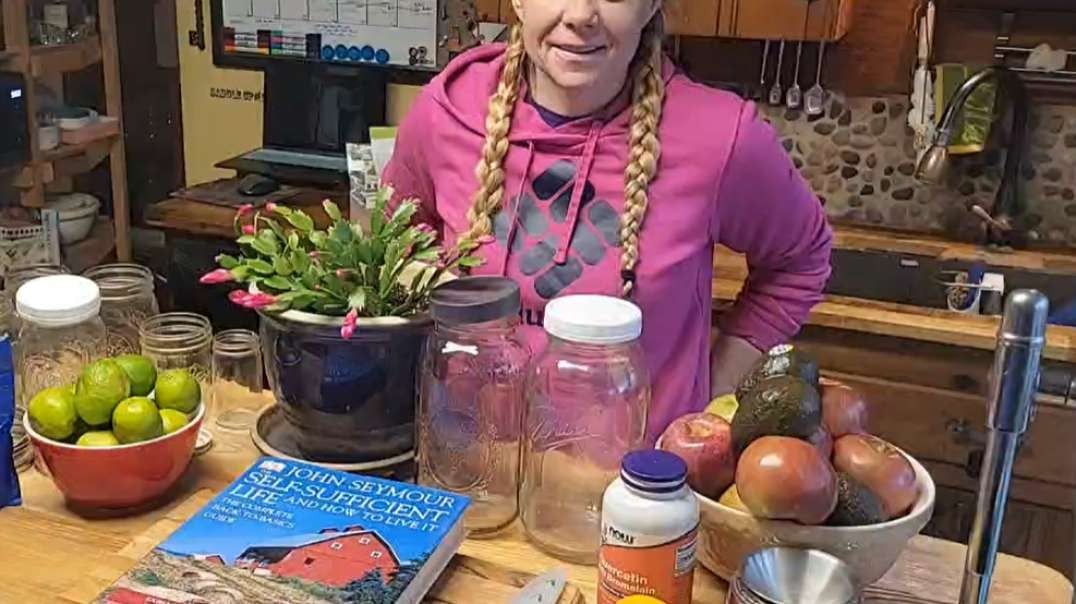Life Science and Biology Year in Review - Cells-Genetics-Evolution-Symbiosis-Biomes-Classification
Review the entire year of Life Science with this video and Biology Study Guide. The video is long so this guide will help.
0:00 Introduction full-year review Biology
0:12 Characteristics of Life
0:31 Organelles of the cell
4:06 Levels of organization
8:00 Cell movement
9:31 Mitosis
11:00 Body systems Integumentary
13;00 Muscular
17:00 Skeletal
18:00 Circulatory
20:00 Immunity
23:00 Excretory system
25:00 Nervous system
28:00 Respiratory system
31:00 Genetics
33:00 Selective breeding
36:00 Punnett square
39:00 Evolution
42:00 Natural selection
45:00 Fossils
47:00 Symbiotic relationships
50:00 Food Webs
53:00 Biomes desert
55:00 Tundra
57:00 Rainforest
1:00 Taiga
1:03 Deciduous forest
1:06 Grassland
1:12 Aquatic
1:09 6 kingdoms
Life Science or Biology class.
We began the year with the basic unit of life, the cell. In other words, the cell is considered the smallest thing that is alive. In order for something to be alive, it needs to have these 6 characteristics.
All living things are made of cells
Contain DNA
Respond to stimuli
Grow develop
Reproduce
Require energy
The organelles of a cell work together to keep the cell alive. The major organelles of the cell covered are the nucleus, Endoplasmic reticulum, mitochondria, Golgi body, cell membrane, lysosomes, and ribosomes.
Life also has levels of organization cells make tissues which make organs which make organ systems make organisms.
The cell divides during cell division which includes mitosis
Cell division begins during interphase when the cell makes copies of organelles and DNA
Mitosis begins with prophase when chromosomes first appear
During the year in Life Science or Biology class, we discuss how the body systems work together to keep the body alive. These systems include,
Integumentary system
Skeletal system
Muscular system
Digestive system
Immunity lymphatic
Circulatory
Excretory
Nervous
Respiratory
Genetics is the study of how traits are passed from one generation to the next.
Topics covered,
the following topics
Genes and chromosomes and traits
An allele
Working out Punnett squares
Selective breeding
Evolution helps explain the variety of life.
We also covered an ecology unit and studied, symbiotic relationships, food webs, and the major land biomes.



















